Diffuse Proliferative Glomerulonephritis
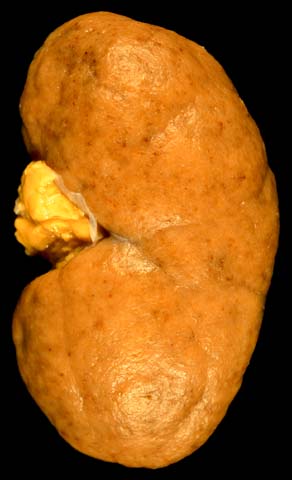
Overview Definition Diffuse proliferative glomerulonephritis (DPGN), a histopathologic classification of glomerulonephritis (GN) commonly associated with autoimmune diseases, is characterized by an increased cellular proliferation affecting > 50% of the glomeruli. Etiology Epidemiology Pathophysiology Mechanism of injury Effects Clinical Presentation General manifestations Presentations vary considerably, with most symptoms occurring because of the decrease in GFR caused […]
Kidney Function Tests

Overview Anatomy of the nephron Nephron: Parts of nephron: Physiology of urine production Urine is a waste by-product composed of excess water and metabolic waste filtered out of the bloodstream by nephrons. Urine formation is a stepwise process. Serologic Parameters of Renal Function Creatinine and estimated glomerular filtration rate (eGFR) The most commonly used […]
Pyelonephritis and Perinephric Abscess
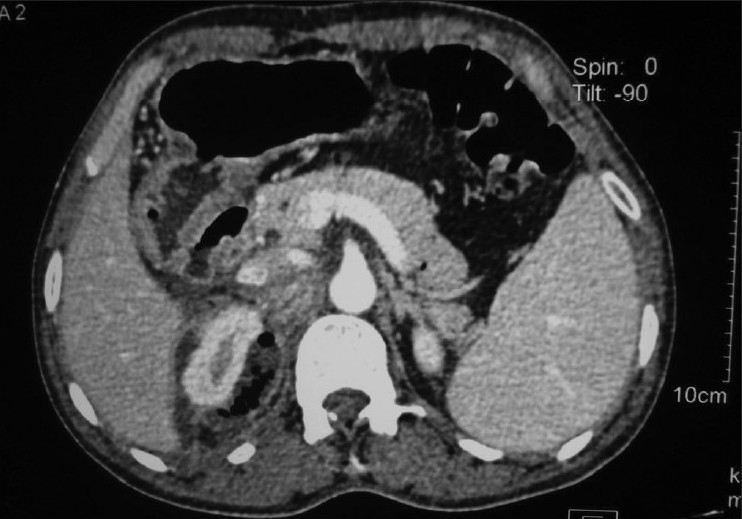
Overview Definitions Types of pyelonephritis Acute pyelonephritis is the sudden-onset infectious process and inflammation of the kidney(s) from ascending infection or hematogenous spread of systemic infections. Epidemiology Etiology Uropathogens Risk factors for urinary tract infections Associated with the development of pyelonephritis and perinephric abscess: Pathophysiology Acute pyelonephritis Chronic pyelonephritis Perinephric abscess Clinical Presentation Clinical features […]
Acute Kidney Injury
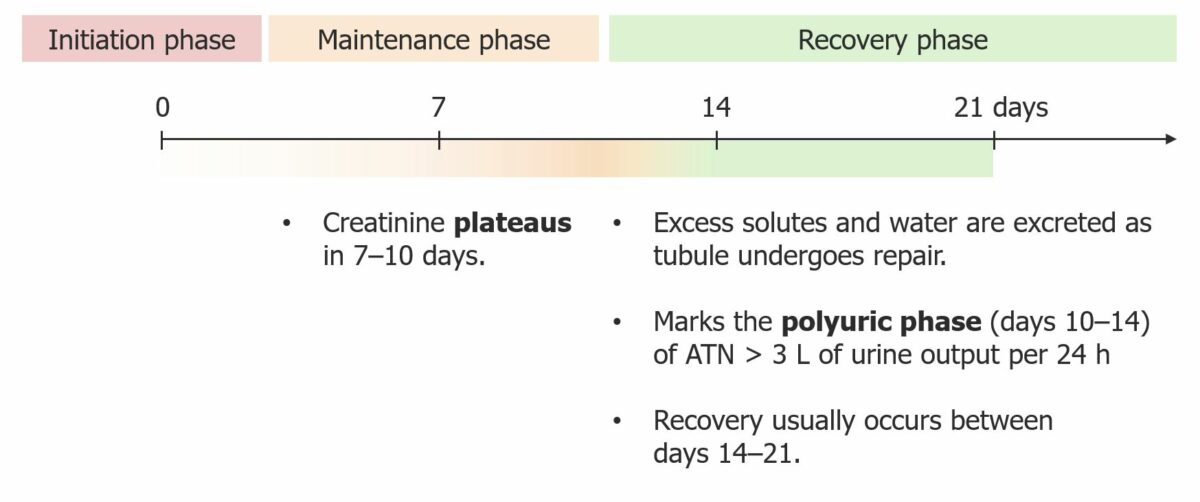
Overview Definition Acute kidney injury refers to an abrupt decrease in kidney function, manifested by an increase in serum creatinine level, with or without reduced urine output. Classification Previously there had been more than 30 definitions of “acute renal failure” in the literature, and these have been updated to the term AKI. Epidemiology Etiology and […]
Hypokalemia
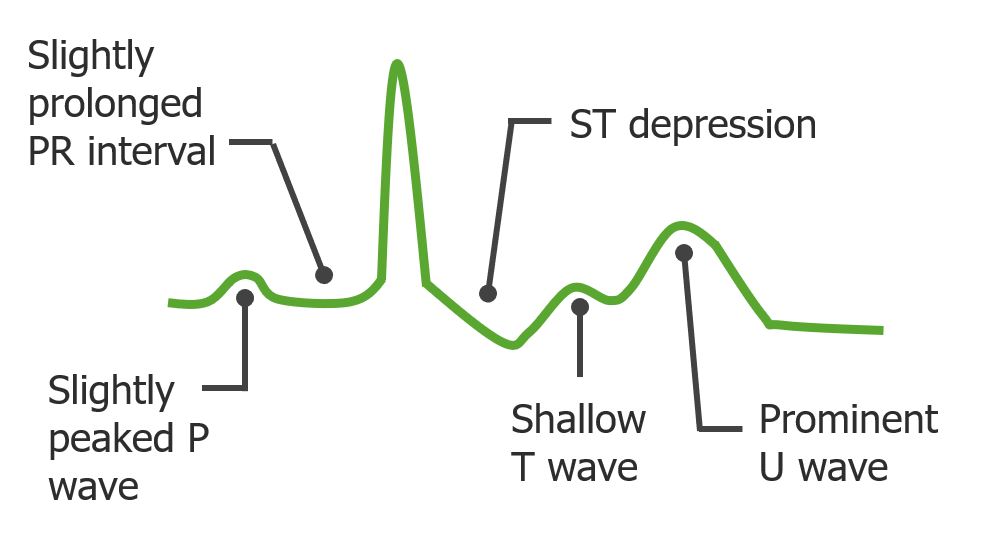
Overview Introduction Potassium (K+) is the main intracellular cation in all cells and is distributed unevenly between the intracellular fluid (98%) and extracellular fluid (2%). The large disparity is necessary for maintaining the resting membrane potential of cells. The GI tract secretes 5%–10% of absorbed K+ daily. Kidneys are responsible for 90%–95% of the overall […]
Hydronephrosis
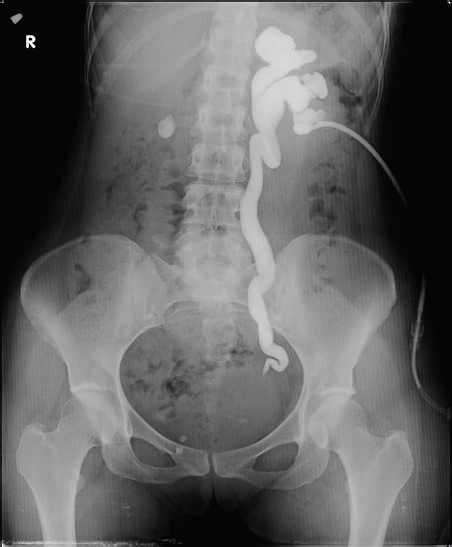
Overview Definition Hydronephrosis is defined as the dilation of the renal pelvis and calyces due to obstruction of urine outflow. Epidemiology Etiology Children: Adults: Pathophysiology Clinical Presentation Clinical manifestations vary depending on the acuity of symptom onset, the degree, and the site of the obstruction. Possible presentations include: Diagnosis The diagnosis of hydronephrosis is made […]
Postinfectious Glomerulonephritis
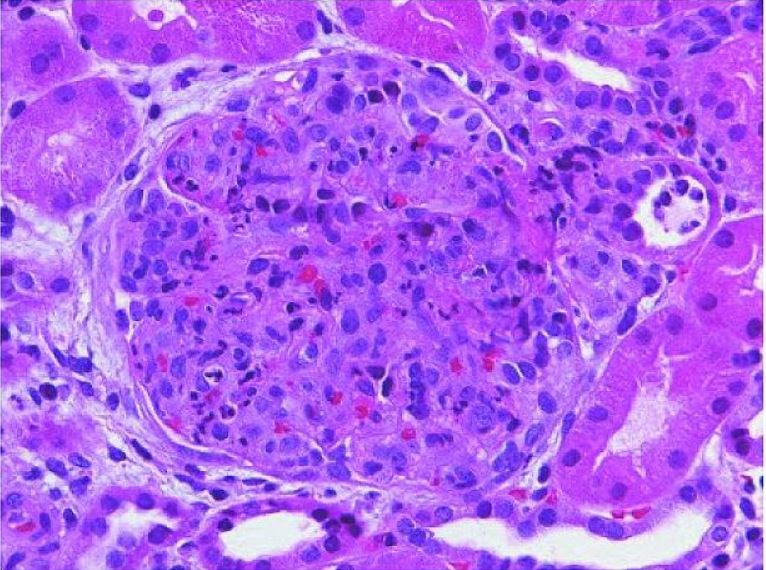
Overview Definition Postinfectious glomerulonephritis has traditionally referred to poststreptococcal glomerulonephritis (PSGN), which is an immunologically mediated, delayed sequela of clinical pharyngitis or skin infections caused by GAS. In developed countries and older individuals, postinfectious GN is more commonly seen following a Staphylococcus infection, and may follow infections from a variety of different bacteria or viruses. […]
Chronic Kidney Disease
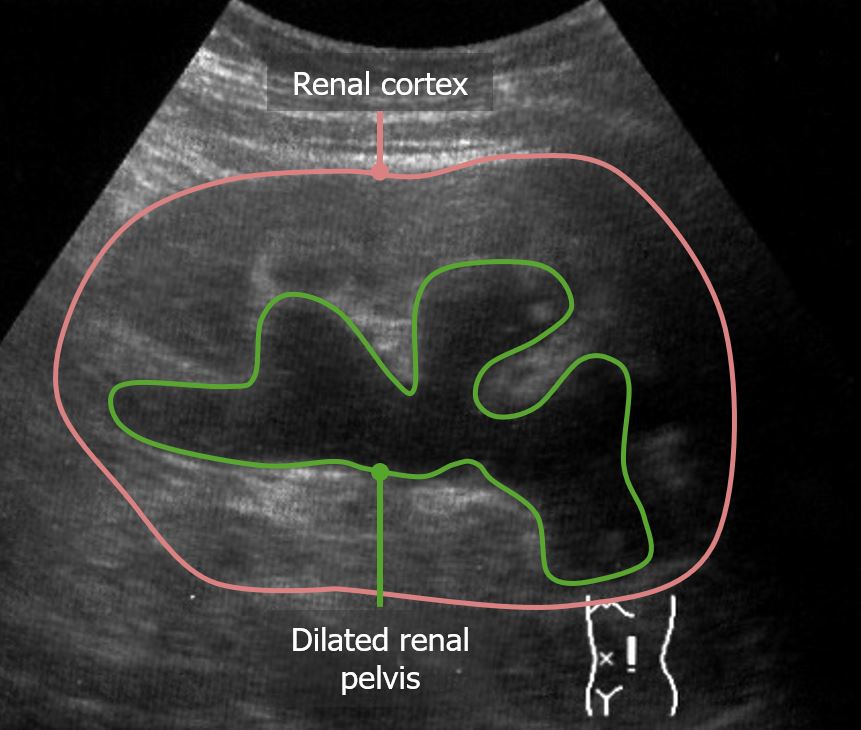
Overview Definition Chronic kidney disease (CKD) is typically defined as a decrease in kidney function and/or other signs of persistent kidney damage for ≥ 3 months. These signs include: Epidemiology Etiology Similar to AKI, the causes of CKD can be classified as prerenal, intrinsic renal, or postrenal. Diabetes and hypertension are, by a large margin, […]
Minimal Change Disease

Overview Definition Minimal change disease (MCD) is a primary glomerular disorder of unclear etiology that causes nephrotic syndrome. The term “minimal” refers to the minimal structural changes of the glomeruli when observed under light microscopy. Epidemiology MCD is the most common cause of nephrotic syndrome in children. Accounts for 90% of cases of nephrotic syndrome […]
Electrolytes
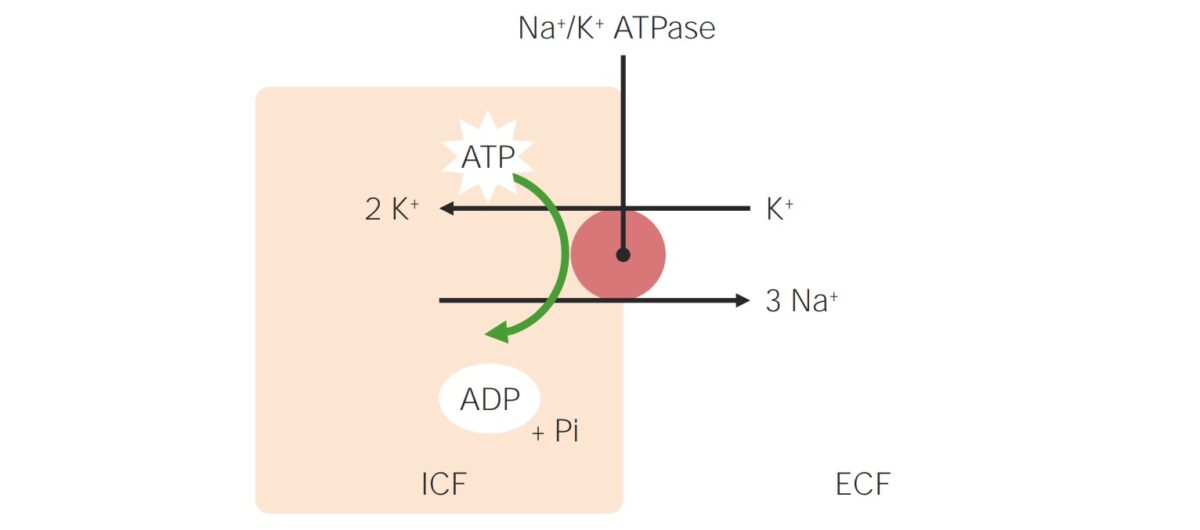
Introduction Body fluids and electrolytes Electrolyte balance The ICF and ECF compartments have different and unequal electrolyte distribution to maintain physiological function. Intracellular fluid: Extracellular fluid: Sodium Overview Regulation Related disorders Potassium Overview Regulation Related disorders Chloride Overview Regulation Chloride homeostasis: Related disorders Calcium Overview Regulation Related disorders Magnesium Overview Regulation Related disorders Phosphate Overview […]